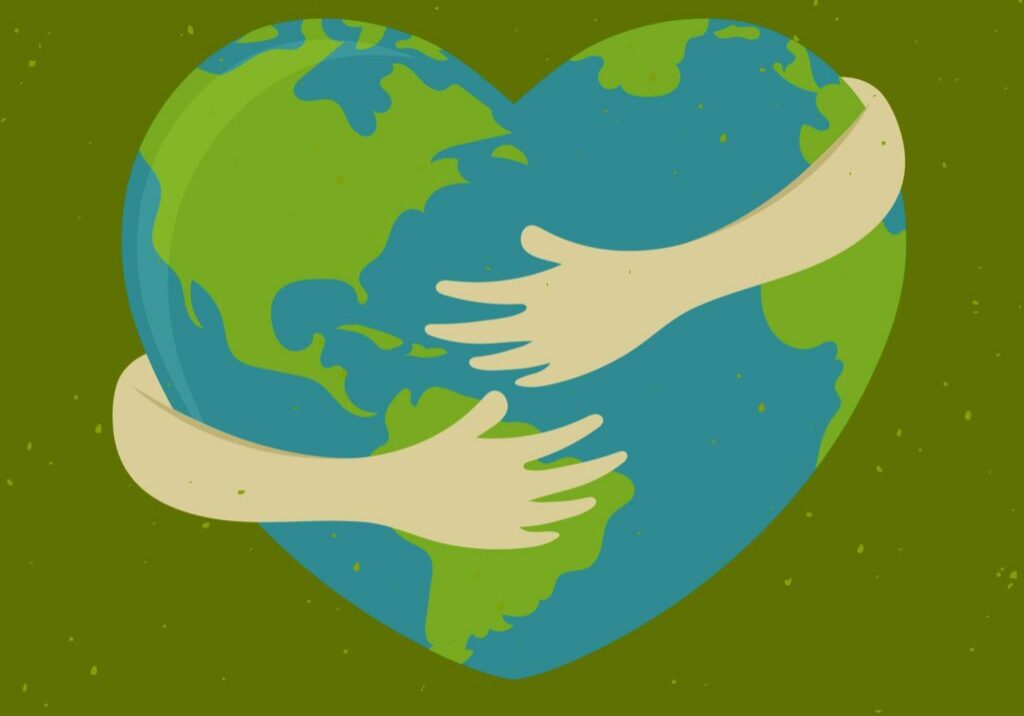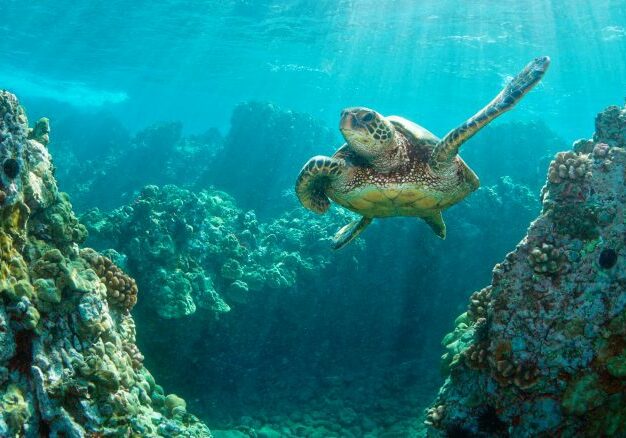Today, around 94% of the world’s ocean fish populations are overfished or exploited to the maximum of what is considered sustainable. Globally, vulnerable and endangered species such as bluefin tuna and sharks are also commercially exploited.
This pressure affects the whole marine ecosystem, prevents overfished fish populations from recovering and has an impact on 800 million people worldwide who depend on them for food and income.
As more than 80% of the seafood we eat in the UK is imported or caught by foreign vessels, your shopping choices can make a global difference. In the UK, just five species – cod, haddock, prawns, salmon and tuna – make up roughly 62% of all fish sold.
Over 253 endangered, threatened and protected species – including Atlantic puffins, angelsharks and humpback whales – are at risk because of the UK’s demand for seafood.
We’re calling on the government to ensure all imported seafood comes from sustainable sources by 2030. We’re also asking that UK fish stocks are healthy and well-managed.
UK businesses have a role to play too, and we’re asking them to work with their supply chains to improve traceability as well as advocating for improvements to certification schemes.
As a consumer, you can help too. One way to help protect fish stocks is to avoid those that are in trouble and explore a diet that’s planet-based.
If you’d like to continue enjoying seafood then by making a few changes to the varieties you eat, you can help protect the healthy balance of our ocean and reduce the pressure on our five national favourites.
We’ve highlighted some species to avoid and some alternative fish species to try, and explained the fishing techniques used. We hope that, with this information, you can help protect and restore our oceans.
SEAFOOD TO AVOID

European eel
European eel populations have greatly declined because of overfishing, and they’re now listed as critically endangered by IUCN. They’re also threatened by invasive species, pollution and dams that block the migration routes that are vital to fulfilling their life cycle.
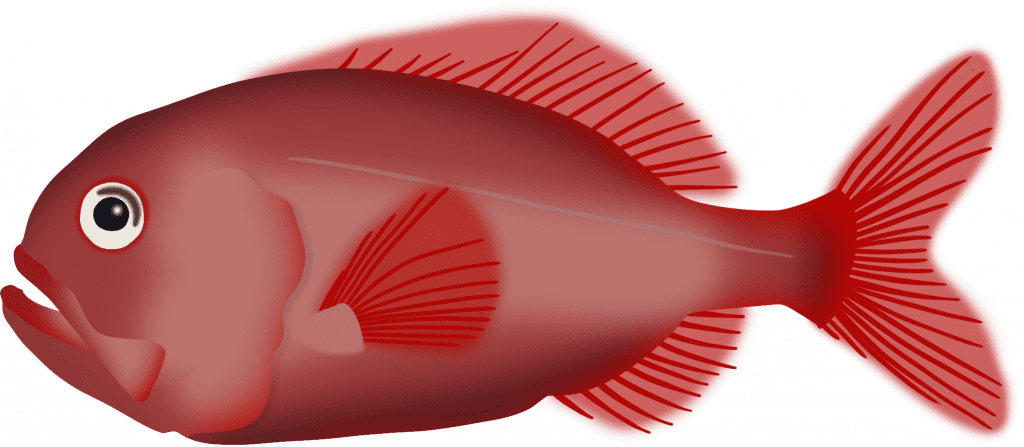
Orange roughy
Orange roughy is a deep-sea species that takes a long time to mature and so is highly vulnerable to fishing pressure. It’s listed as vulnerable by IUCN. The deep-sea trawling used to harvest the species causes damage to sensitive habitats such as deep-sea coral.

Wild sturgeon caviar
Wild sturgeon populations are decreasing due to habitat loss, pollution, invasive species and overfishing. To harvest their eggs – consumed as the delicacy ‘caviar’ – females are killed before they can reproduce. Recovery is difficult with slow-maturing populations. Most wild populations are listed as threatened by IUCN.
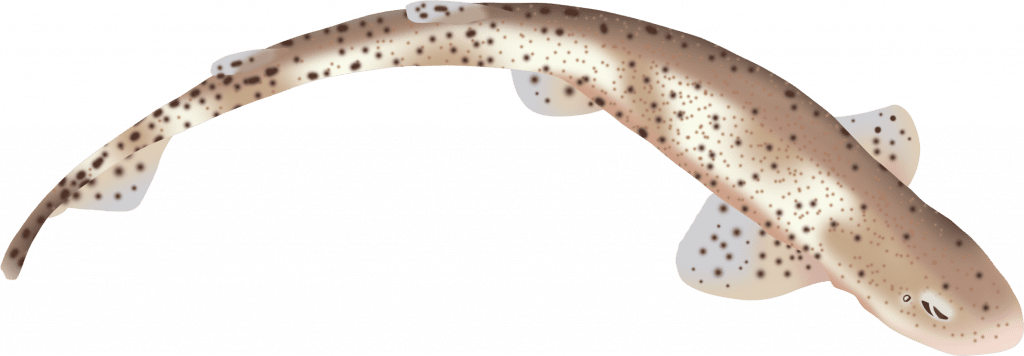
Sharks and skates
More than 25% of shark species are threatened with extinction. The populations of many species such as whale shark, dogfish and hammerhead have greatly declined because of overfishing for their fins or meat. Their close relatives, common skates, were once commonly found (and eaten) in the North Sea but are now critically endangered.
SEAFOOD TO TRY
These species are a good alternative to popular seafood. They come from well-managed fisheries or fish farms where populations are in good health. Their harvesting methods have relatively low impacts on the environment, and management systems are sound and effective
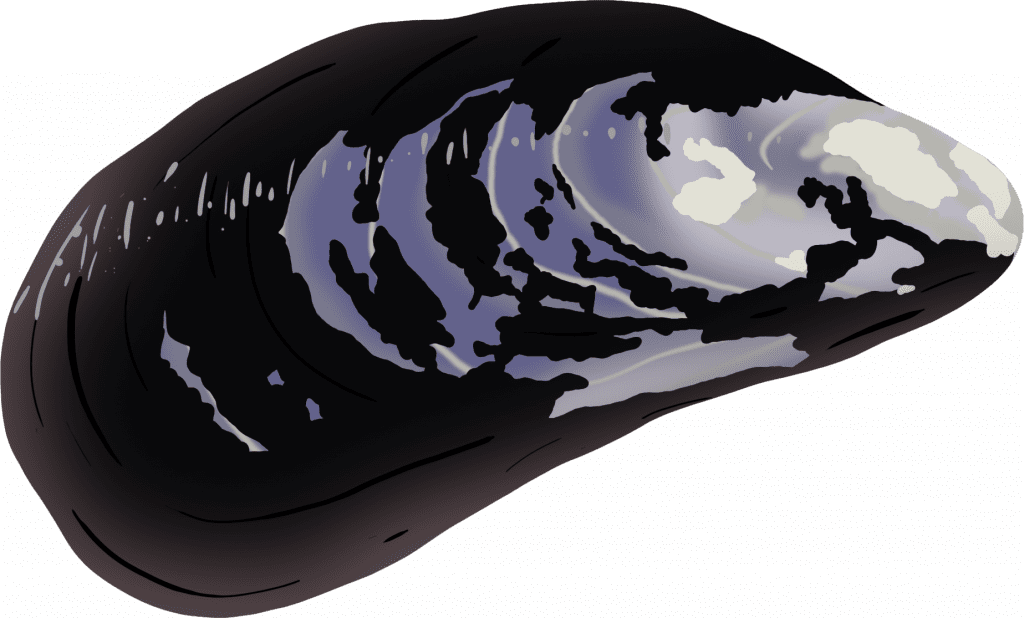
Blue mussels
Country: Scotland
Harvesting method: Rope grown
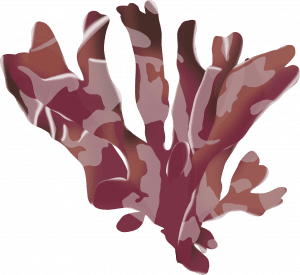
Seaweed
Countries: China, Korea, UK, Ireland
Harvesting method: Rope grown
Several seaweeds such as nori, dulse and laver have high nutritional value.
These species are low in the food chain and are usually filter feeders, sieving food from the water. They don’t require food when farmed, which reduces pollution, and are more efficient at producing protein than predatory carnivorous fish such as cod. They help keep our ocean healthy

CLAMS
Country: Vietnam
Harvesting method: Hand-raked
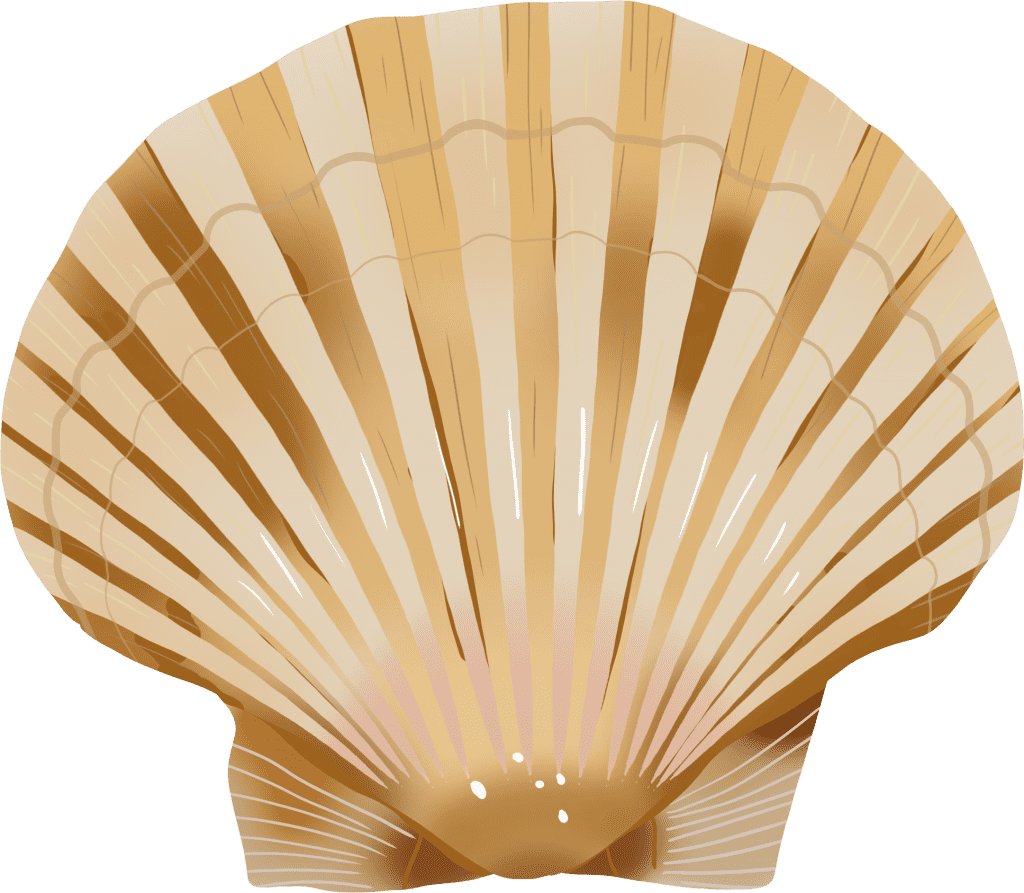
KING SCALLOPS
Country: UK
Harvesting method: Hand dive
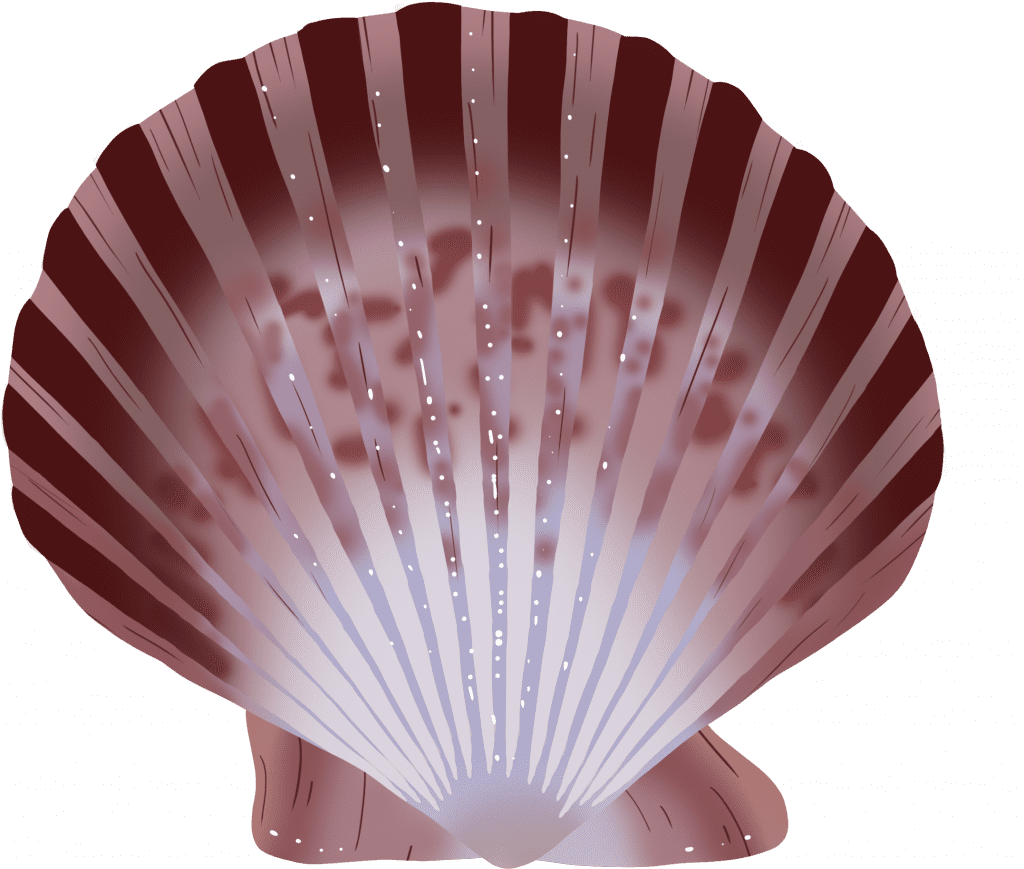
CALICO SCALLOPS
Country: Peru
Harvesting method: Rope or tray grown
Clams, mussels and scallops are healthy, nutritious seafood options as they’re rich in iron and B vitamins.
The harvesting method used is key to the carbon footprint of wild-caught fisheries – the more fuel used to produce a kilo of seafood, the higher carbon emissions it will have. Small schooling species captured by purse seine are among the most sustainable options, based on the energy use and emissions of their fisheries

Sardines
Country: Morocco, UK
Harvesting method: Purse seine

European anchovies
Country: Spain
Harvesting method: Purse seine
HARVESTING METHODS
How a fish is caught or reared can have a big impact on how sustainable it is. Understanding what each fishing or farming method involves can help you to make more ocean-friendly choices
Midwater trawl
A net is pulled through the water column with two boards keeping the mouth of the net open.
Hand collection
Wild shellfish are gathered by hand, using a rake, spade or fork in shallow waters or by diving.
Rope grown
Marine species are grown on ropes suspended in the water column.
Purse seine
A large wall of netting is used to encircle fish, then the bottom of the net is pulled closed. Purse seining uses only about 30% of the fuel of bottom trawling, as there’s no need to drag a net along the seabed.
Troll
A hook is towed through the water on a line, often with several lines used at one time.
Trays
Shellfish can be grown on trays, either on the seafloor or suspended in the water column.
MAKING SUSTAINABLE CHOICES
WWF is working around the world to protect the wildlife in our oceans and the people who rely on it by supporting responsible fishing and aquaculture. You can help by making informed choices when you buy fish – your decisions make a difference.
FISH ILLUSTRATIONS: © HARRIET GARDINER / WWF | OTHER ILLUSTRATIONS: GETTY IMAGES
More to explore
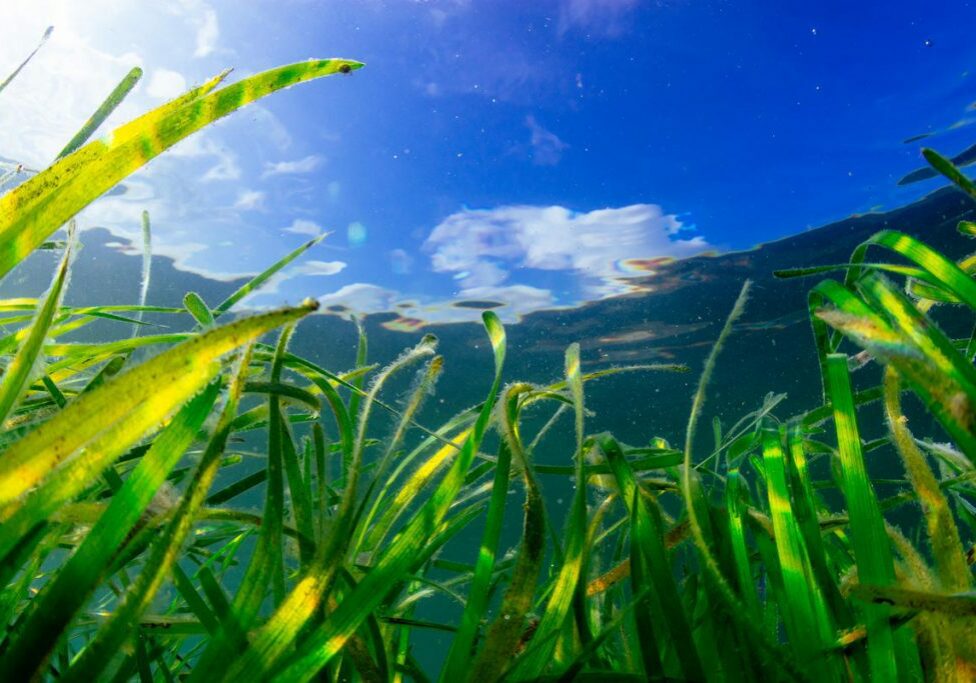
Seeds of hope
One incredible plant species could boost biodiversity, help human livelihoods and play a role in fighting the climate emergency. That’s why we’ve launched the biggest project of its kind in the UK – to restore seagrass
